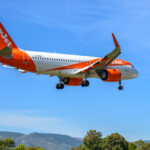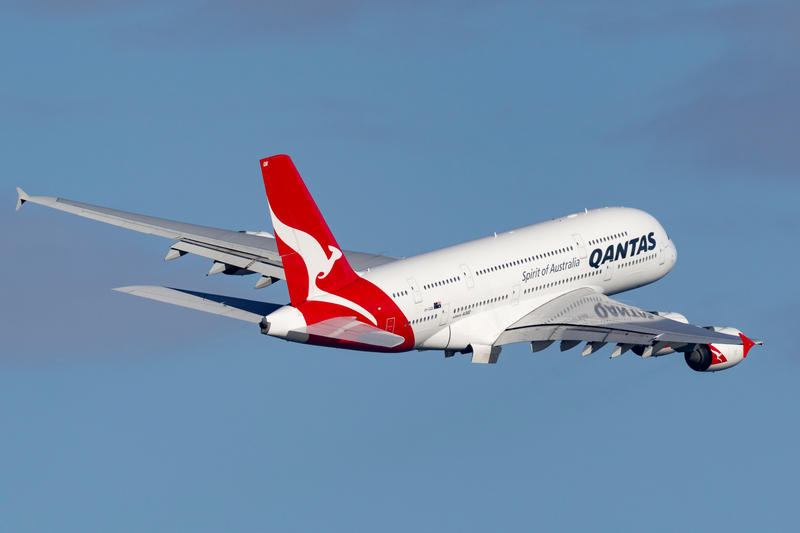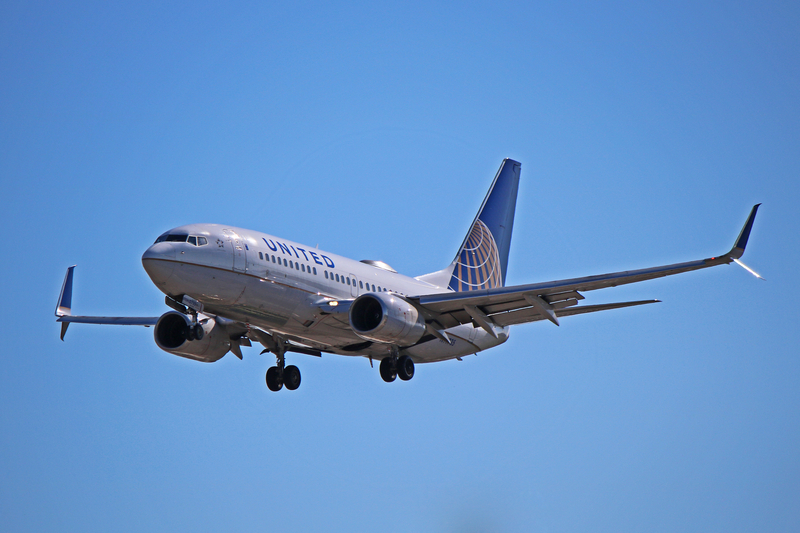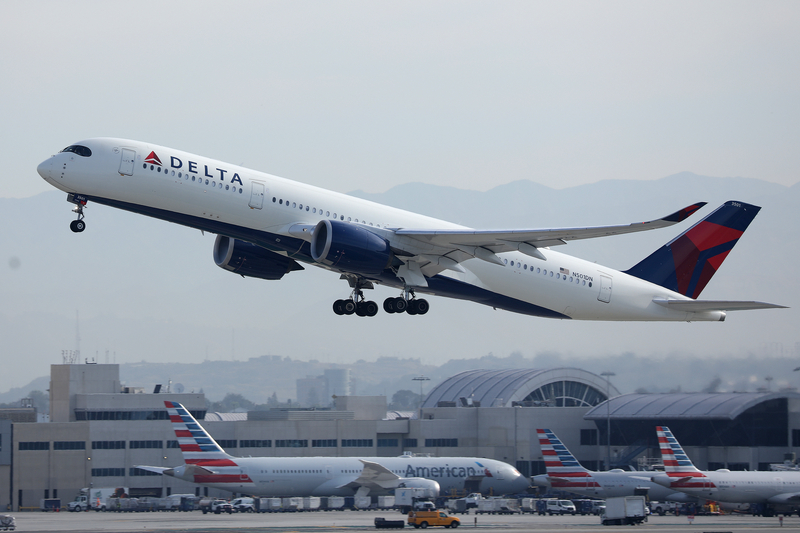Delta Connection Flight 4819 Overturns During Landing at Toronto Pearson International Airport
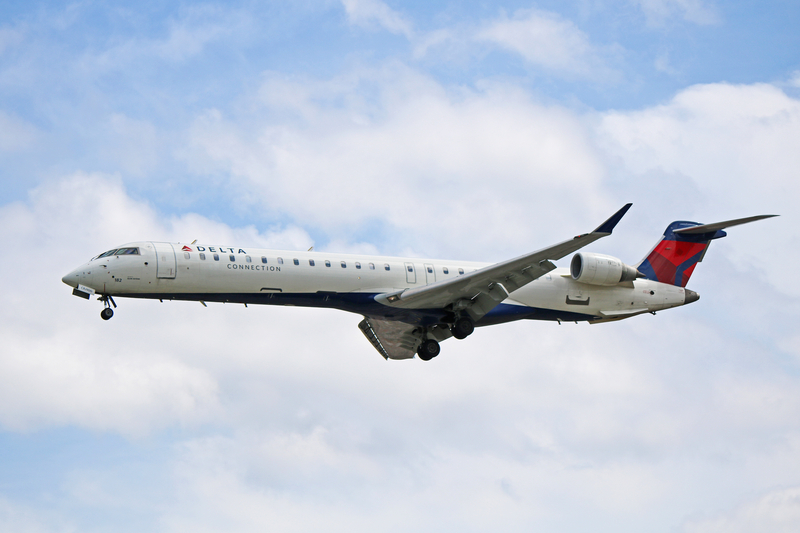
ID 137673533 © Tom Samworth | Dreamstime.com
On February 17, 2025, Delta Connection Flight 4819, operated by Endeavor Air, experienced a severe landing incident at Toronto Pearson International Airport (YYZ). The aircraft, a Bombardier CRJ900LR registered as N932XJ, overturned upon landing, resulting in multiple injuries but no fatalities. Authorities are currently investigating the circumstances surrounding the accident to enhance future flight safety protocols.
Incident Overview
Flight 4819 departed from Minneapolis–Saint Paul International Airport (MSP) en route to Toronto. The aircraft carried 80 individuals, comprising 76 passengers and 4 crew members. At approximately 2:13 p.m. EST, during the landing on Runway 23, the aircraft encountered difficulties that led to it flipping upside down on the runway. Preliminary reports suggest that weather conditions, including strong crosswinds with gusts up to 64 km/h (40 mph) and residual snow from a prior storm, may have contributed to the incident.
Aircraft Specifications
The Bombardier CRJ900LR is a regional jet designed for short to medium-haul routes, accommodating up to 90 passengers. This particular aircraft, tail number N932XJ, was manufactured in September 2008 and had been in service for over 16 years. Equipped with two General Electric CF34-8C5 turbofan engines, the CRJ900LR is known for its efficiency and reliability in regional operations.
Injuries and Emergency Response
Emergency response teams promptly arrived at the scene. Reports indicate that 18 individuals sustained injuries, with three in critical condition, including a child. The critically injured were airlifted to local hospitals for immediate medical attention. Despite the severity of the incident, there were no fatalities, and all occupants were evacuated safely.
Weather and Landing Conditions
At the time of the incident, Toronto Pearson International Airport was experiencing challenging weather conditions. Strong winds, with gusts reaching 64 km/h (40 mph), and residual snow on the runway from a previous storm may have contributed to the aircraft’s unstable landing. Investigators are examining how these factors, along with potential mechanical issues or pilot responses, played a role in the accident.
Operational Impact
Following the incident, airport authorities temporarily suspended all flight operations to facilitate emergency response and investigation efforts. This led to numerous flight delays and cancellations, affecting both inbound and outbound traffic. Operations resumed later in the day after ensuring the safety and integrity of the runways and surrounding facilities.
Investigation and Safety Measures
The Transportation Safety Board of Canada (TSB), in collaboration with the U.S. National Transportation Safety Board (NTSB) and the Federal Aviation Administration (FAA), has initiated a comprehensive investigation into the incident. The focus areas include:
-
Pilot Training and Response: Assessing the crew’s handling of the landing under adverse weather conditions.
-
Aircraft Maintenance Records: Reviewing the aircraft’s maintenance history for any underlying mechanical issues.
-
Weather-Related Protocols: Evaluating existing procedures for landing in challenging weather to identify potential improvements.
Bottom Line
The overturning of Delta Connection Flight 4819 at Toronto Pearson International Airport underscores the complexities and risks associated with landing aircraft under adverse weather conditions. While the absence of fatalities is a testament to the effectiveness of current safety measures and emergency responses, the incident highlights areas for potential improvement in pilot training, aircraft maintenance, and operational protocols during severe weather. The ongoing investigation by aviation authorities aims to uncover the root causes and implement strategies to prevent similar occurrences in the future, ensuring enhanced safety for all air travelers.
